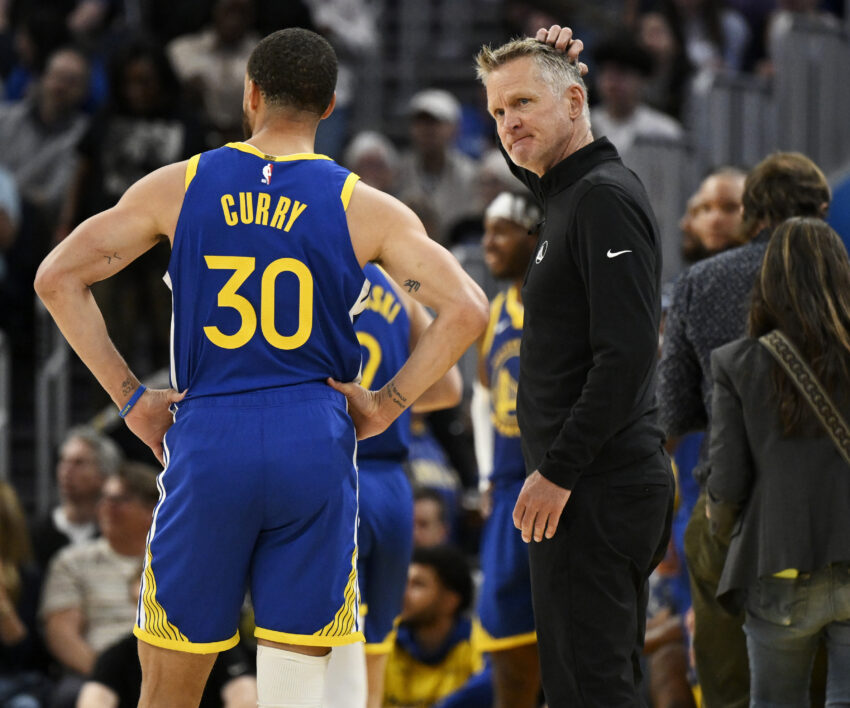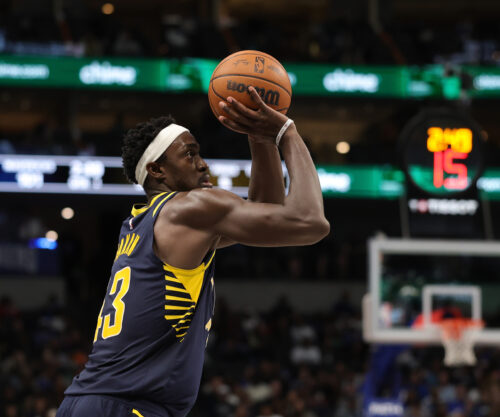
Stephen Curry remains one of the NBA’s biggest attractions. His deep shooting range, slick ball-handling, and infectious joy for the game still draw crowds who arrive early just to watch his warmup routines.
Yet, for more than two years, fans in New Orleans missed out on that experience. Curry sat out four straight games in the Crescent City in 2022, largely due to rest decisions on back-to-back nights.
Before the Warriors’ game in New Orleans on November 4, 2022, head coach Steve Kerr publicly apologized to fans. “We are just trying to think of the big picture,” Kerr said. “The players’ health is the number one factor in our team’s success.” He added that maintaining health over the full season takes precedence over individual games, even if it disappoints fans.
Kerr has long advocated for a reduced NBA schedule, proposing a drop from 82 to 65 games. He feels the demands on players have evolved dramatically. “The game has never been more difficult to play at a high level night after night,” he said. To make his point, Kerr even emailed NBA Commissioner Adam Silver to push for changes.
As a former player, Kerr’s stance holds weight. He was teammates with Michael Jordan, who played all 82 games twice. Kerr himself achieved that feat four times, never missing a regular-season game for four straight years with the Bulls. Including playoffs, he appeared in 385 games over four seasons. So why does a player with that track record now argue for fewer games?
“Pace and space,” Kerr said. “When I played, you didn’t have to guard someone 30 feet from the hoop. Now, you do. The court has expanded. You’re covering more ground, moving faster.”
In 2002-03, Kerr’s final NBA season, the Boston Celtics led the league in three-point attempts with 26.3 per game. The Sacramento Kings had the fastest pace at 96.6 possessions per 48 minutes. Fast forward to today, and those numbers pale in comparison. This season, the Celtics again lead in three-point attempts, now firing up 48 per game. Seven Celtics average five or more threes per game. The pace-setting Memphis Grizzlies average 104 possessions per 48 minutes, a 7.7% increase from the early 2000s.
“The numbers show our players are covering significantly more ground than 15, 20 years ago,” Kerr noted. “That’s meaningful. It aligns with what we’re seeing on the floor.”
In January 2024, the NBA published a 57-page report addressing player availability. It tracked stars — defined as All-Stars or All-NBA players in the current or two prior seasons — and found that the average number of games missed per season had more than doubled from the 1980s to the 2020s.
Interestingly, the report found no link between load management and fewer injuries. This echoed what NBA VP of basketball operations Joe Dumars told coaches earlier: rest doesn’t necessarily prevent injury.
The league responded by introducing a new Player Participation Policy before the 2023-24 season. Teams can no longer rest players during nationally televised or In-Season Tournament games. Additionally, players must appear in at least 65 games to be eligible for MVP and other season awards.
NBA Commissioner Adam Silver offered some early observations. “The number of games players have participated in is up this season, and interestingly enough, injuries are down,” Silver said during the February 2024 All-Star break. “Whether that data is meaningful yet, we don’t know.”
Injury analyst Jeff Stotts, founder of In Street Clothes, tracks player absences. As of April 10, players had missed 6,525 games due to injury — up from 5,681 at the same time last season. Stotts suggests several factors are at play. One is the shift in youth sports, where athletes now specialize earlier. This can lead to overuse injuries, unlike in previous generations where stars like Michael Jordan played multiple sports.
Stotts also points to the game evolving faster than sports medicine. The way basketball is played has changed so rapidly that bodies may not have adapted. Take Shaquille O’Neal. Stotts believes he would still dominate today, but defending on the perimeter would stress his body in ways he never faced.
“Shaq was always going to be Shaq,” Stotts said. “But imagine him chasing shooters around the arc. That would elevate his injury risk.”
Kerr remains one of the most vocal proponents of a shorter season, but he admits change is unlikely. “We should be playing fewer games,” he said. “Everyone knows that. But it’s a money issue. How many people are willing to take less money?”
Financially, the league is thriving. In July, the NBA finalized an 11-year national media rights deal worth $76 billion. That revenue counts as Basketball Related Income, which is shared between owners and players. The salary cap will rise 10% next season — the maximum allowed — and projections suggest continued growth. Within a decade, players could be earning $100 million annually.
New Orleans guard CJ McCollum, president of the NBA Players Association since 2021, isn’t calling for fewer games. “The game is evolving. There are a lot of injuries, but I like the 82-game season,” McCollum said. “It’s a challenge. You battle through back-to-backs, travel, and adversity. We only get to do this for a short time.”
Kerr retired in 2003. The salary cap was $43.8 million. Next season, it’ll be $154.6 million. Players are missing more games than ever, but the revenue train shows no sign of slowing.
For Kerr, the key issue is long-term quality versus short-term profit. “The rules have changed. The game has changed. It’s on us to adapt,” he said. “I have faith in Adam Silver and the league. What I don’t have faith in is America’s willingness to cut back on profits in the name of quality. That’s just not who we are.”
The debate over season length is complex. There are concerns about health, revenue, legacy, and fan engagement. But the issue isn’t going away. As the game continues to evolve, so too will the conversation around what’s best for its future.
Photo: Eakin Howard/Getty Images




